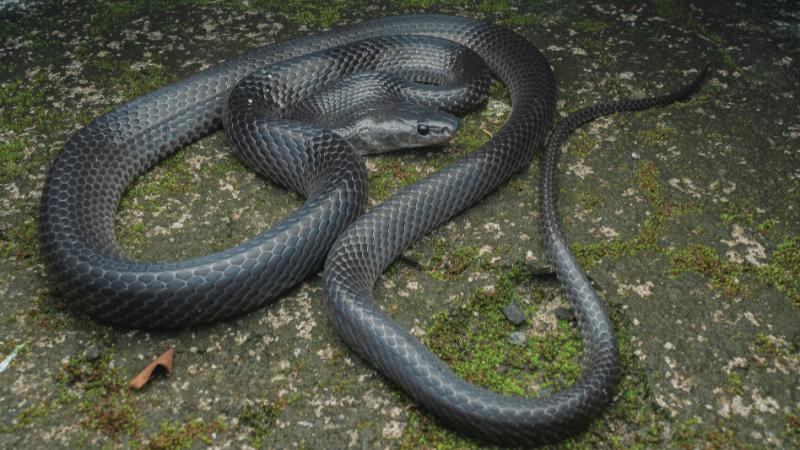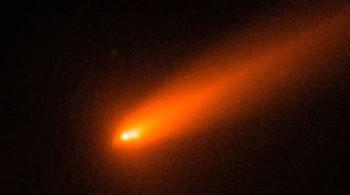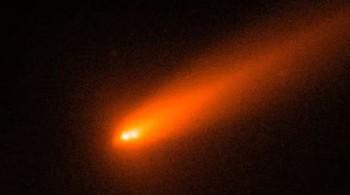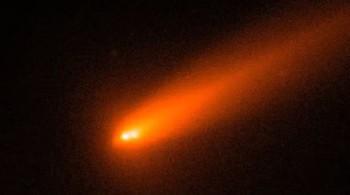
New snake species found in Nicobar Islands
The Nicobar Islands, a chain of islands in the eastern Indian Ocean, have long been a haven for biodiversity. The islands’ unique geography and isolation have led to the evolution of many endemic species found nowhere else on the planet. Recently, a team of researchers made a groundbreaking discovery on Great Nicobar Island, uncovering a new species of snake that has left the scientific community abuzz. Meet Lycodon irwini, a glossy black wolf snake named in honor of the late Steve Irwin, the renowned wildlife conservationist.
The discovery of Lycodon irwini is a significant one, as it resolves a long-standing taxonomic puzzle concerning an isolated, endemic population of wolf snakes on Great Nicobar Island. For years, scientists had been aware of the presence of a unique population of wolf snakes on the island, but the lack of sufficient data and specimens had hindered efforts to formally describe and classify the species. The new species is uniformly black, unlike its banded relatives, and is distinguished by its distinctive morphology and genetic characteristics.
The research team, composed of experts from various institutions, conducted an exhaustive study of the species, including its morphology, genetics, and ecology. The study involved the collection and analysis of specimens, as well as a thorough review of existing literature and data. The results of the study confirm that Lycodon irwini is a distinct species, one that is adapted to the unique environment of Great Nicobar Island.
The discovery of Lycodon irwini is not only significant from a scientific perspective but also highlights the importance of conservation efforts in the region. The species is found in the restricted forest habitat of Great Nicobar Island, which is under threat due to deforestation, habitat fragmentation, and other human activities. The species’ rarity and limited range make it vulnerable to extinction, and it is recommended that it be classified as ‘Endangered’ under the IUCN Red List.
The classification of Lycodon irwini as ‘Endangered’ is a critical step towards ensuring the species’ survival. The IUCN Red List is a widely recognized authority on the conservation status of species, and its classification provides a framework for conservation efforts and policy decisions. By recognizing the species’ vulnerability, conservationists and policymakers can take steps to protect its habitat, prevent overexploitation, and develop strategies for its conservation.
The discovery of Lycodon irwini also underscores the importance of exploring and documenting the biodiversity of remote and understudied regions. The Nicobar Islands, with their unique geography and isolation, are a treasure trove of undiscovered species, and further research is needed to uncover the secrets of these islands. The discovery of Lycodon irwini is a testament to the fact that there is still much to be learned about the natural world, and that new species are waiting to be discovered, even in the most unexpected places.
The naming of the species after Steve Irwin is a fitting tribute to the late conservationist, who dedicated his life to promoting wildlife conservation and education. Irwin’s passion for reptiles and his tireless efforts to promote their conservation have inspired a generation of scientists, conservationists, and wildlife enthusiasts. The discovery of Lycodon irwini is a reminder of the importance of continued exploration, research, and conservation efforts, and the need to protect the world’s biodiversity for future generations.
In conclusion, the discovery of Lycodon irwini is a significant scientific breakthrough that highlights the importance of conservation efforts in the Nicobar Islands. The species’ unique characteristics, restricted range, and vulnerability to extinction make it a priority for conservation efforts. As we continue to explore and document the biodiversity of our planet, we are reminded of the importance of protecting the natural world and preserving its wonders for future generations.






